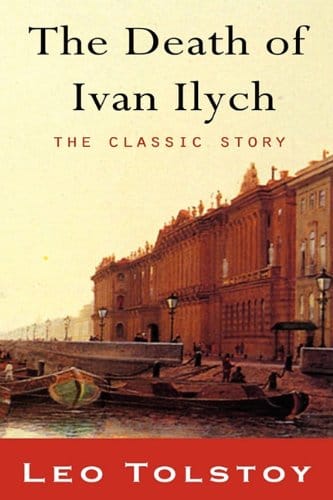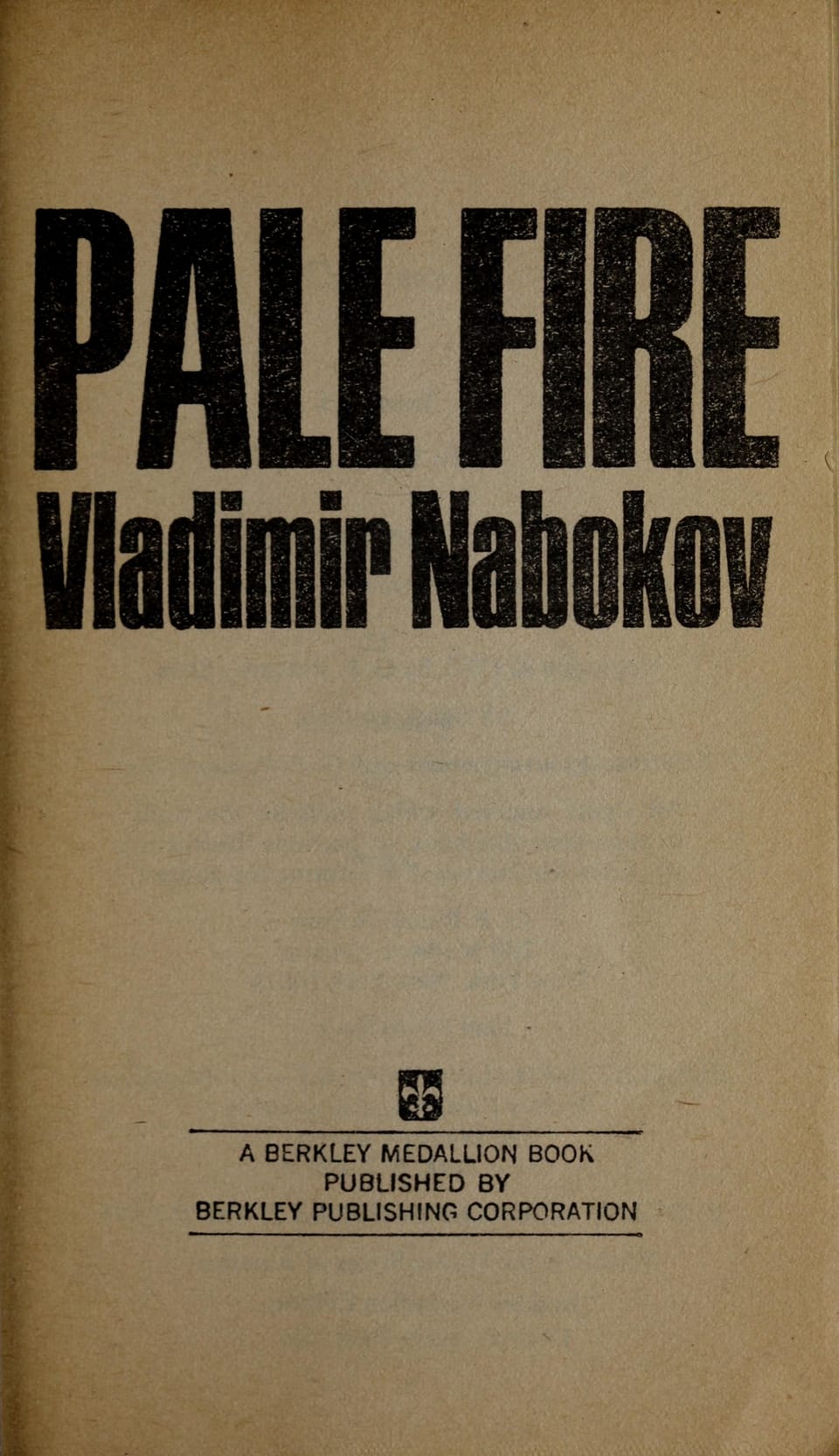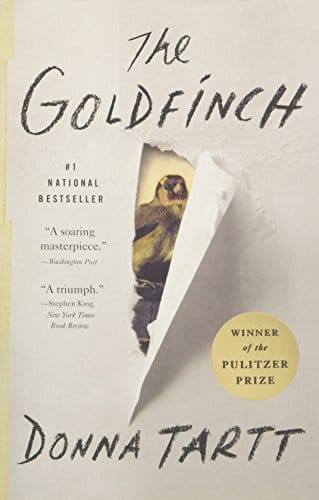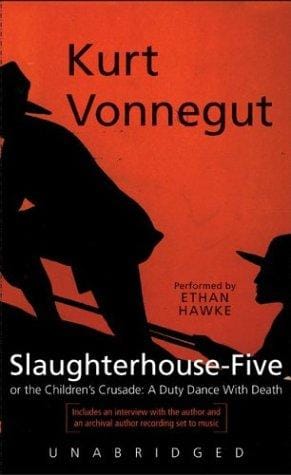Understanding "The Death of Ivan Ilyich": Summary, Themes & Relevance
Explore the plot, themes and modern relevance of Leo Tolstoy's The Death of Ivan Ilyich in this concise 800-word analysis.

Introduction
Leo Tolstoy’s 1886 novella, The Death of Ivan Ilyich, is a cornerstone of Russian literature and a searing meditation on mortality, meaning and modern life. Though the story is set in the bureaucratic world of Imperial Russia, its exploration of status anxiety, spiritual emptiness and the fear of dying continues to resonate with twenty-first-century readers. This article offers an SEO-friendly overview of Tolstoy’s masterpiece, including a concise plot summary, analysis of major themes and symbols, and an explanation of why the work remains essential today.
Brief Plot Summary
The Death of Ivan Ilyich opens in a St. Petersburg courtroom, where news of Judge Ivan Ilyich Golovin’s death prompts his colleagues to calculate how the vacancy might benefit their own careers. Tolstoy then flashes back to Ivan Ilyich’s life: his modest provincial upbringing, law school success, advantageous marriage and steady climb up the judicial ladder. Ivan’s pursuit of social respectability seems secure until a trivial accident while hanging curtains triggers an incurable illness that gradually strips him of health, status and self-deception.
Ivan Ilyich’s Rise
In his twenties and early thirties, Ivan Ilyich discovers that the quickest path to happiness is to mimic society’s expectations. He cultivates polite tastes, befriends powerful colleagues and marries Praskovya Fedorovna primarily because she is well connected. At work he prides himself on being “simple, easy and most agreeable,” an attitude that wins promotions but leaves his personal life hollow. Tolstoy paints Ivan as an everyman who mistakes outward conformity for inner contentment.
Illness and Denial
After moving into an elegantly furnished St. Petersburg apartment that symbolizes his perceived success, Ivan falls awkwardly from a ladder. What seems like a harmless bruise becomes a mysterious pain in his side, accompanied by a foul taste in his mouth. Doctors subject him to endless examinations, but each new prescription only magnifies his dread. Rather than confront the inevitability of death, Ivan distracts himself with card games, legal minutiae and complaints about incompetent physicians.
Final Realization
As the pain intensifies, Ivan is forced into isolation. His wife views his suffering as an inconvenience, colleagues avoid him and doctors speak in euphemisms. Only the peasant servant Gerasim offers genuine compassion, holding Ivan’s legs to reduce his agony and speaking frankly about death as a natural fact. In the novella’s climactic final days, Ivan moves through stages of terror, anger and bargaining before experiencing a moment of spiritual awakening in which he realizes that a life devoted to propriety was no life at all.
Major Themes
The Terror of Death
Tolstoy confronts readers with the raw, unromantic reality of dying. Ivan’s fear is not merely physical; it is existential. He feels that death is “too terrible” and “too unjust” precisely because he lived the way society told him to. The novella challenges modern audiences who, like Ivan, often outsource death to hospitals and specialists, rarely contemplating their own finitude until crisis strikes.
The Hollow Pursuit of Social Approval
From his stylish curtains to his flawless etiquette, Ivan’s identity is built on appearances. Tolstoy shows how the Russian professional class—judges, doctors, petty officials—confuses rank with worth. Their shallow condolences and careerist scheming after Ivan’s funeral expose a system where human life has little intrinsic value. The author invites readers to question contemporary equivalents: corporate ladders, social-media metrics and consumerist status symbols.
Authenticity and Compassion
Gerasim’s simple honesty acts as a moral counterpoint to Ivan’s artificial existence. His willingness to acknowledge suffering, perform unpleasant tasks and speak plainly about death embodies authentic human connection. Through this contrast, Tolstoy proposes that genuine compassion, rather than societal approval, offers the only antidote to existential dread. Modern readers can draw parallels to hospice care, support groups and mindfulness practices that encourage presence rather than avoidance.
Symbolism and Motifs
The novella’s tight structure amplifies its symbolism. The black sack Ivan imagines himself pushed into represents the grave and the suffocating consequences of denial. The ticking of the clock underscores time’s relentless march, while the doctor’s elaborate jargon mirrors the legal rhetoric Ivan once wielded to project authority. Even the curtains he falls from symbolize the ornamental façade of his life—literally the drapes that separate appearance from reality. Recognizing these motifs enhances appreciation of Tolstoy’s economical storytelling.
Why the Novella Remains Relevant
Despite medical advances and secular attitudes, the fundamental questions Ivan faces—What makes a good life? How should we die?—remain unresolved. The Death of Ivan Ilyich is frequently assigned in ethics courses, medical schools and leadership seminars because it critiques professional detachment and promotes empathy. In an era of pandemic anxieties, aging populations and digital distraction, Tolstoy’s call to confront mortality with honesty feels more urgent than ever.
Tips for First-Time Readers
1. Read the opening funeral scene twice; its satire foreshadows every theme that follows.
2. Pay attention to shifts in point of view, which reveal Ivan’s isolation.
3. Note Tolstoy’s sparse but strategic use of sensory detail—sounds, tastes and textures mark each stage of illness.
4. Keep a journal of personal reactions; many readers find the book sparks introspection about their own priorities.
Conclusion
The Death of Ivan Ilyich endures because it confronts a universal dilemma with unflinching clarity. Tolstoy’s novella urges us to trade superficial success for authentic relationships and mindful living—before the final countdown begins. By studying Ivan’s mistakes, readers gain a roadmap for living and dying with greater honesty, compassion and peace.



